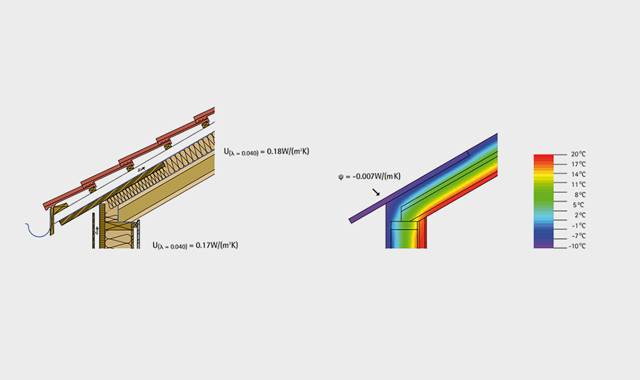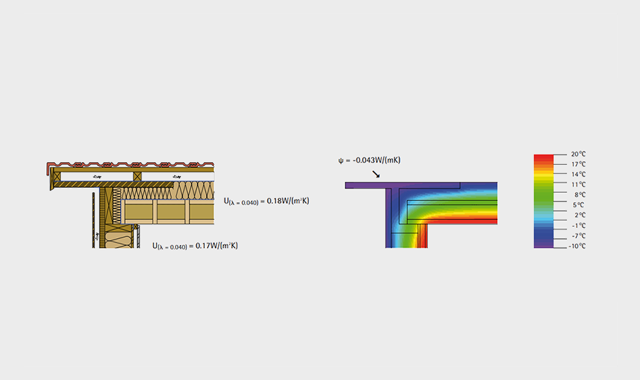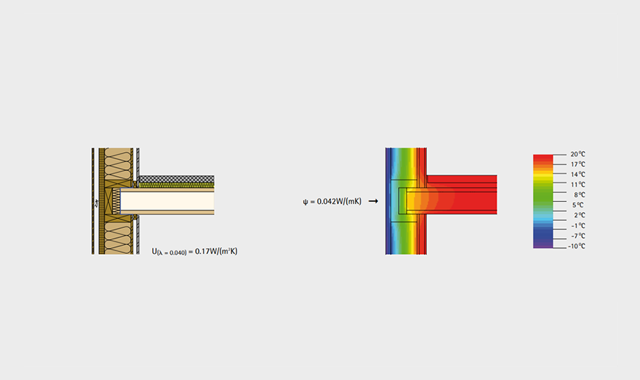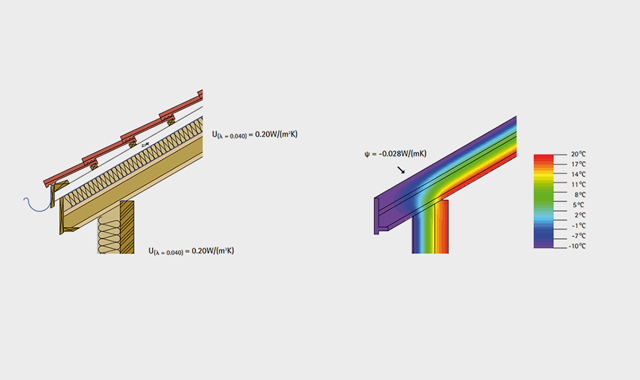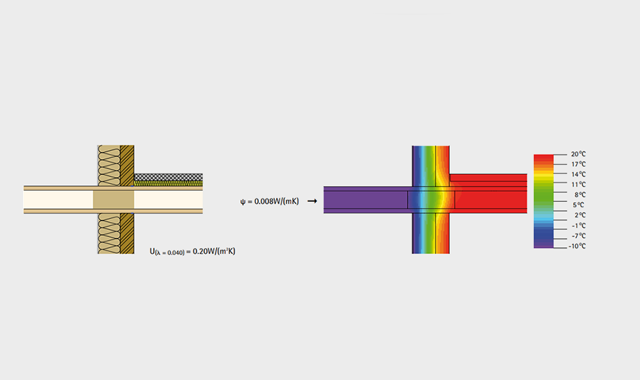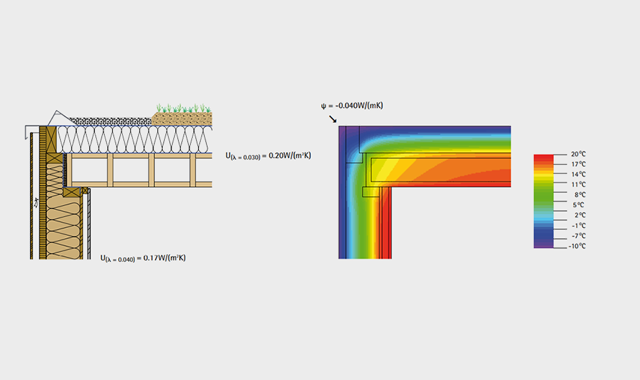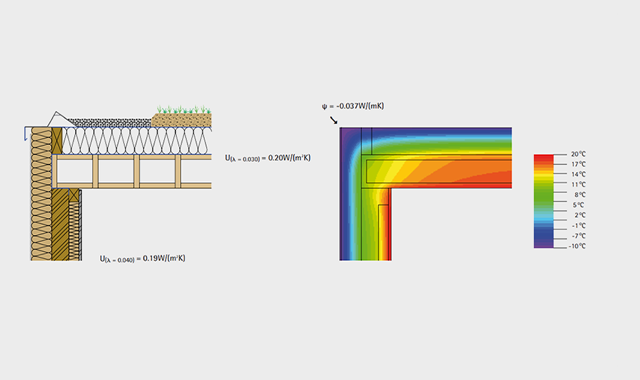Pretty energy-conscious
Not too hot and not too cold. Whether freezing cold or scorching hot – we can offer perfect solutions for every temperature. Cantilevered roofs or balconies are insulated in the element so that there are hardly any thermal bridges. It goes without saying that LIGNATUR is suitable for Minergie and passive house constructions.
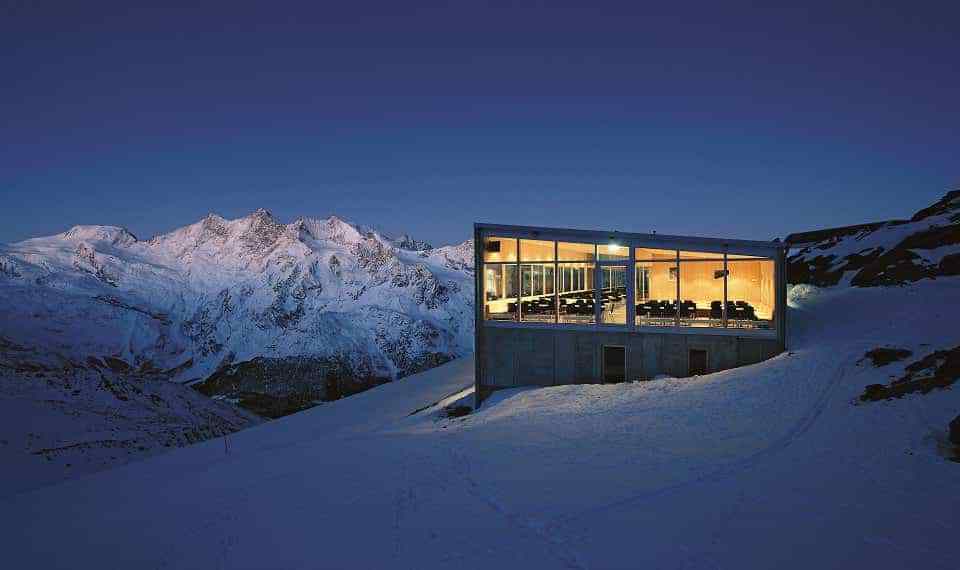
Explanation videos on heat insulation
So that the winter cold and the summer heat stay outside, good insulation of the building shell and the roof is required as well as the avoidance of thermal bridges in component transitions from the interior to the exterior. Careful, detailed planning is the be-all and end-all.
In the films, our consultants explain how it's done with LIGNATUR.
Would you like to learn more? Contact our team.
